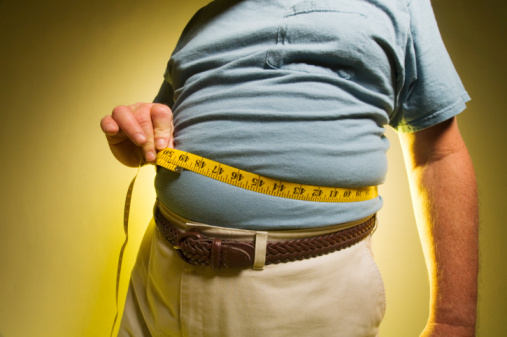If current levels of obesity tell anything about current and future health care costs and the overall risks of disease among the American population, then pessimism about them remains justified.
According to new Gallup data:
Americans were as likely to be obese in 2012 as they were in 2011. But the 26.2% who were obese in 2012 remains slightly higher than the 25.5% recorded in 2008. Another 36.1% of Americans were overweight in 2012 and about as many were a normal weight — 35.9%.
One has to wonder how tiny a portion of the population can be described as thin.
Gallup’s comments about obesity in the United States might be considered close to upbeat. At least obesity rates rose no higher in 2012 from 2011, the polling firm states. Only a drop could show progress, particularly as far as the medical community says. The U.S. Department of Health and Human Services reports that:
The good news is even a small weight loss (between 5 and 10 percent of your current weight) will help lower your risk of developing those diseases.
“Those diseases” include diabetes and heart problems. Gallup’s report also indicates that no large number of Americans have taken off the 5% or 10%.
As an aside, the federal government has done almost nothing to encourage weight loss, which in turn could lower U.S. medical costs by billions and billions of dollars. By itself, this should help solve some of the trouble with overruns in Medicare and Medicaid expenses. The health care cost burden on the total population would drop.
A solution to the weight problem need not focus on every group in America. Obesity is especially high with some groups that could be targets for efforts to lower weight. Among these are blacks, those in late middle age (45 to 64) and people with low incomes (less than $36,000). Better to address the heart of the problem instead of the entire population if federal resources are severely limited, and in this age of austerity they are.
The fat may not be getting fatter, but there is not any comfort in that.
Methodology: Results are based on telephone interviews conducted as part of the Gallup-Healthways Well-Being Index survey Jan. 1 to Dec. 31, 2012, with a random sample of 353,564 adults, aged 18 and older, living in all 50 U.S. states and the District of Columbia, selected using random-digit-dial sampling.
Travel Cards Are Getting Too Good To Ignore (sponsored)
Credit card companies are pulling out all the stops, with the issuers are offering insane travel rewards and perks.
We’re talking huge sign-up bonuses, points on every purchase, and benefits like lounge access, travel credits, and free hotel nights. For travelers, these rewards can add up to thousands of dollars in flights, upgrades, and luxury experiences every year.
It’s like getting paid to travel — and it’s available to qualified borrowers who know where to look.
We’ve rounded up some of the best travel credit cards on the market. Click here to see the list. Don’t miss these offers — they won’t be this good forever.
Thank you for reading! Have some feedback for us?
Contact the 24/7 Wall St. editorial team.




